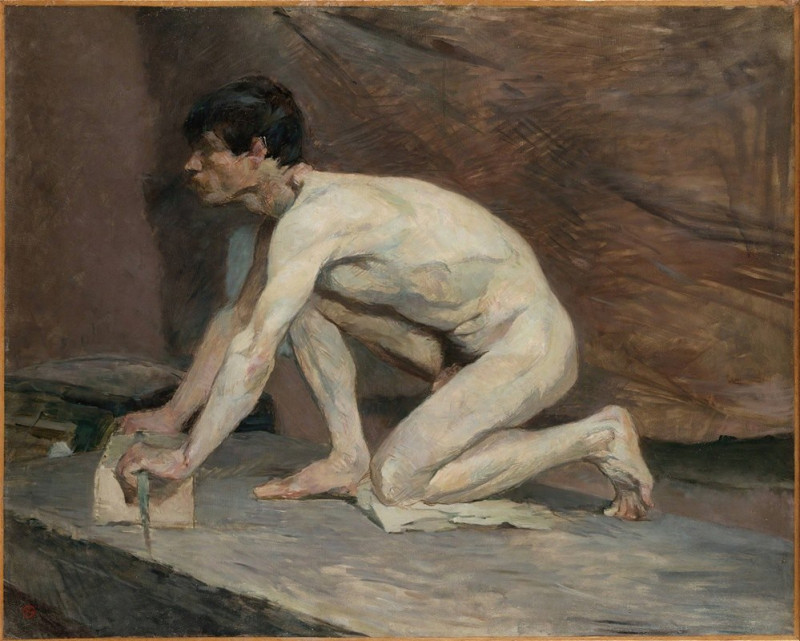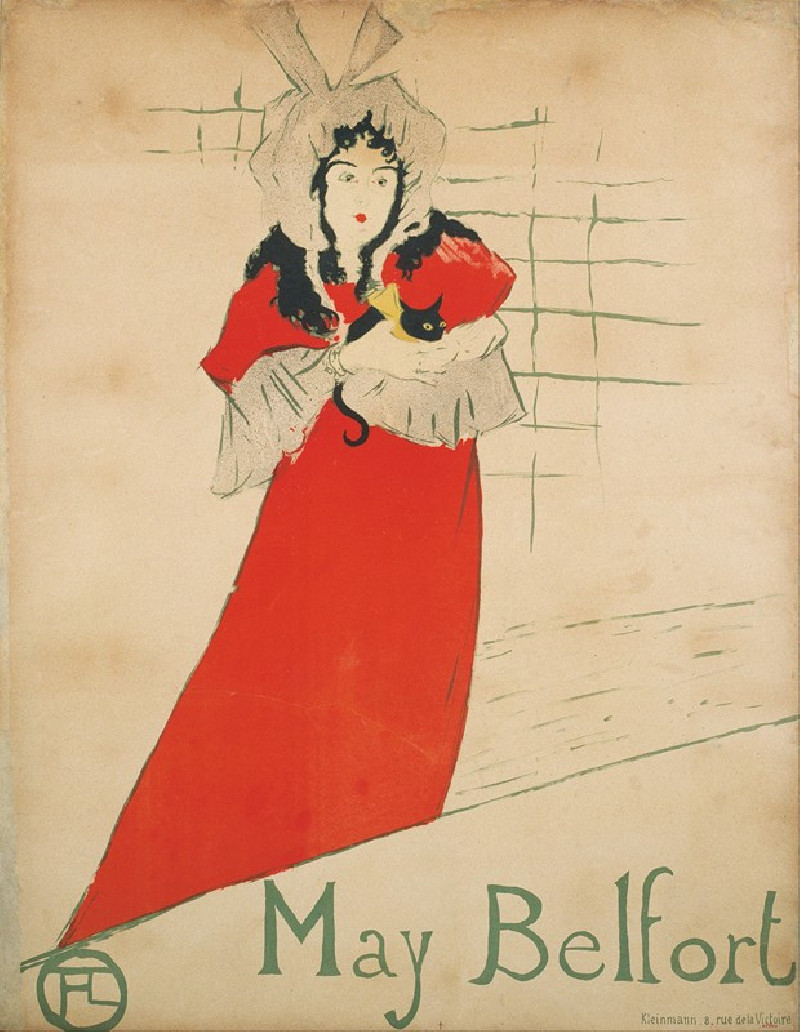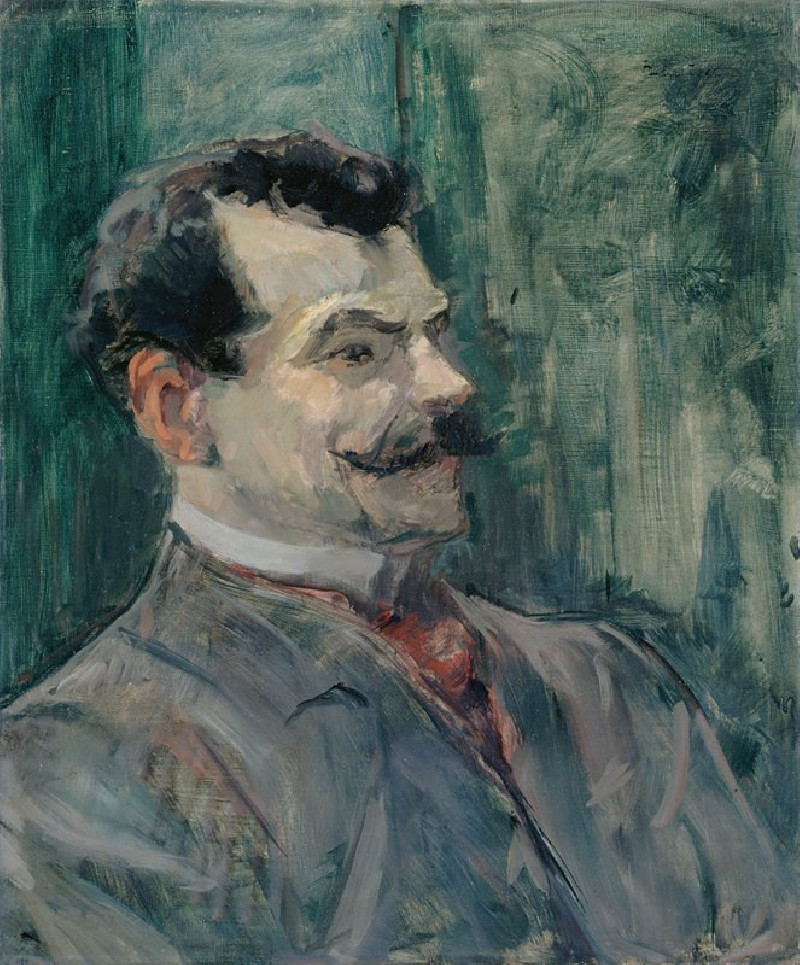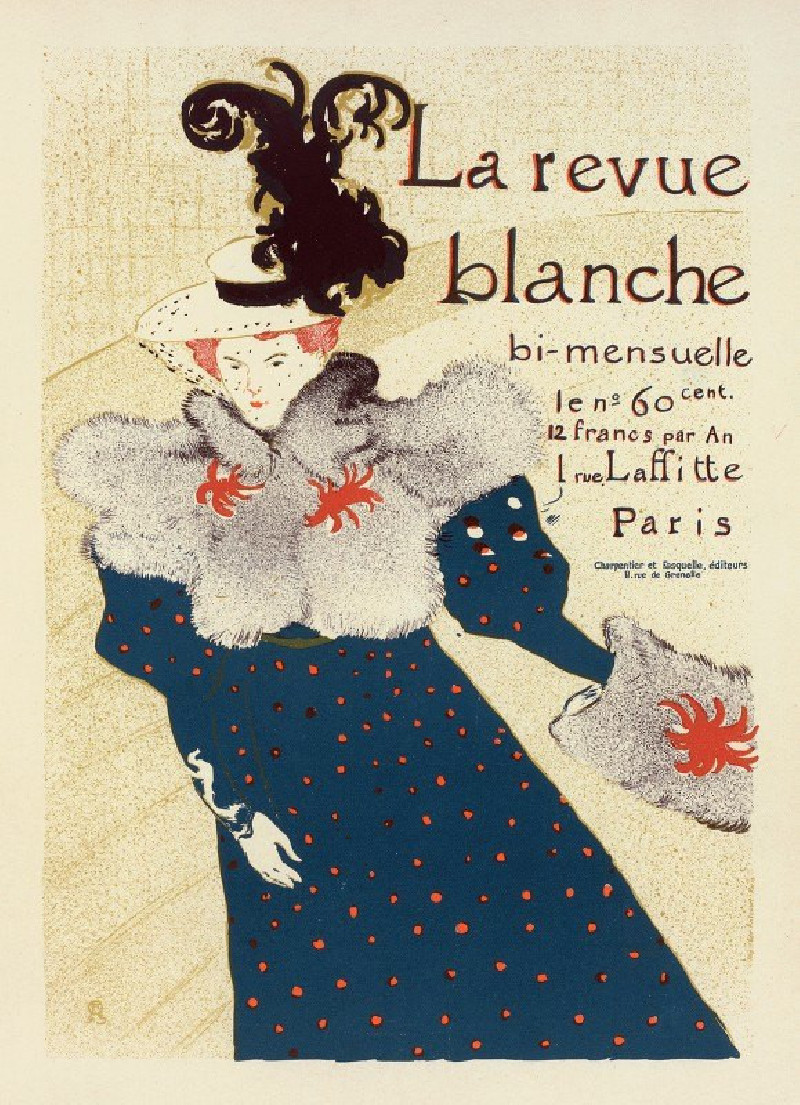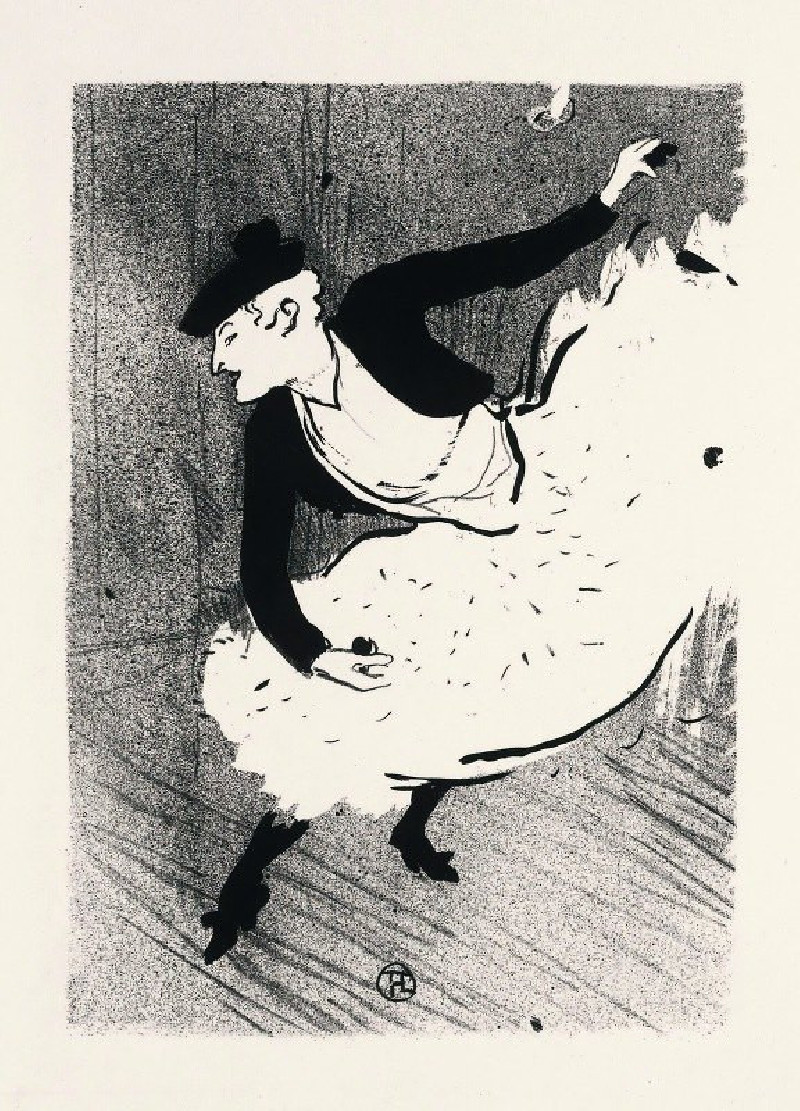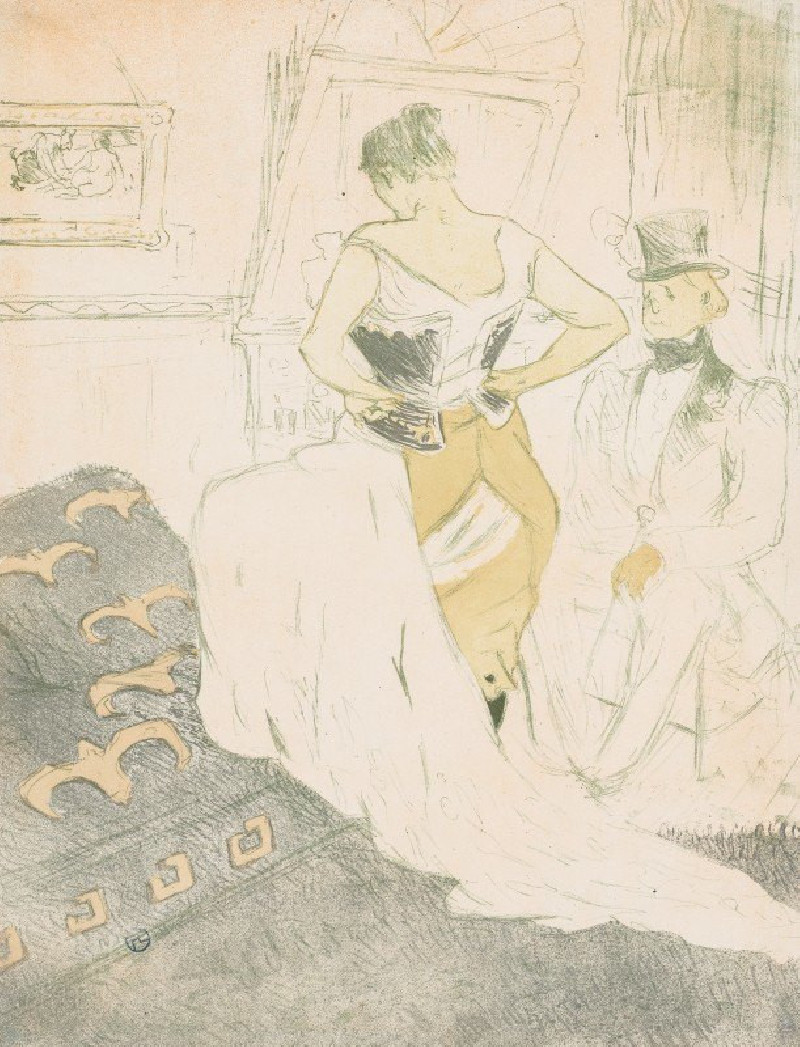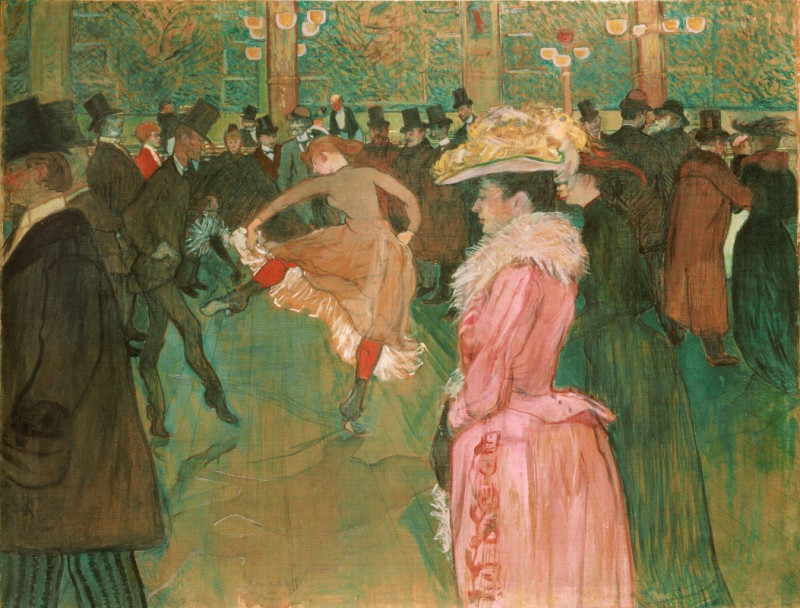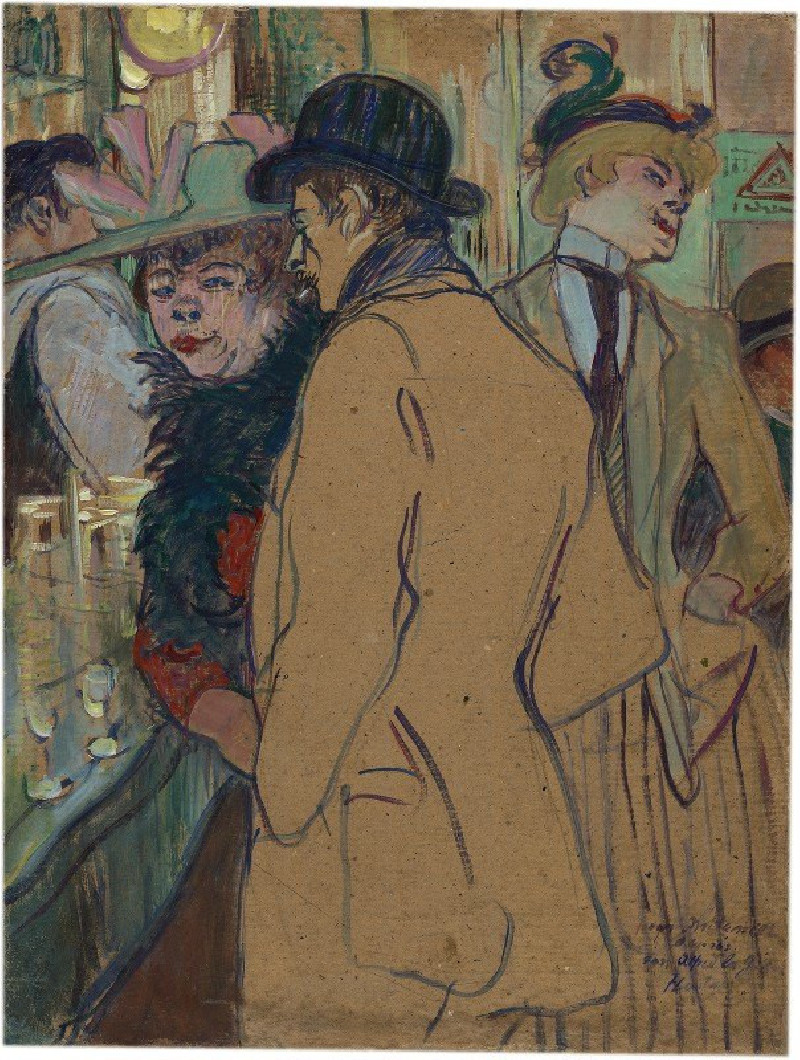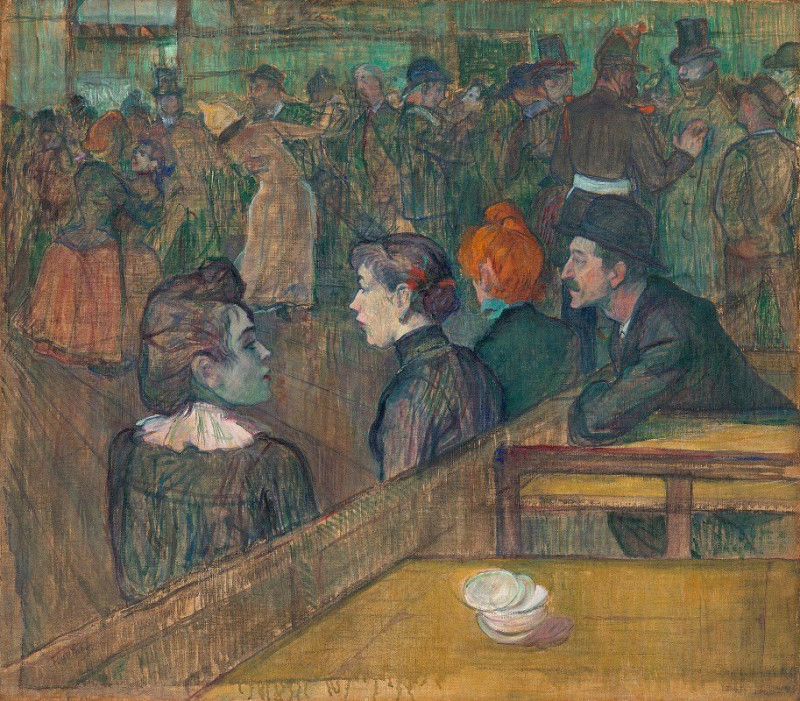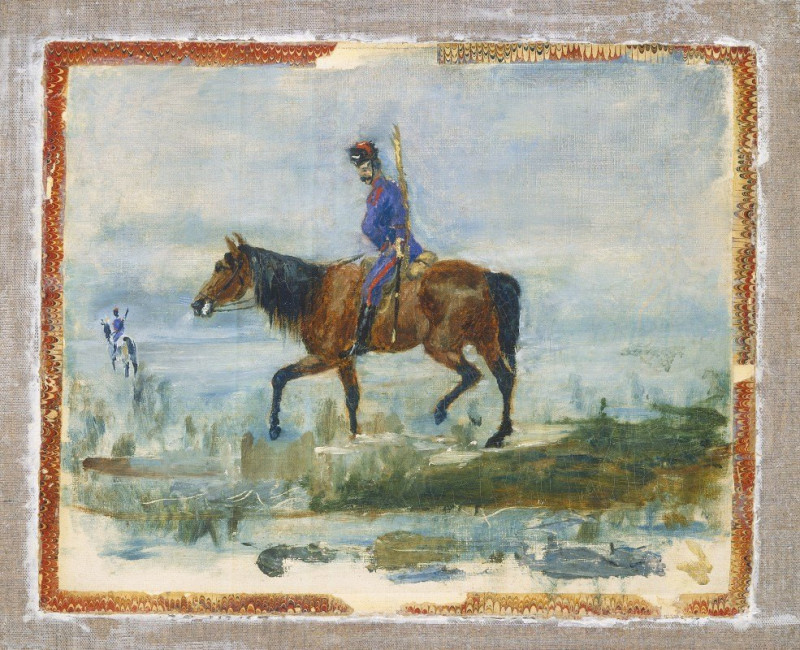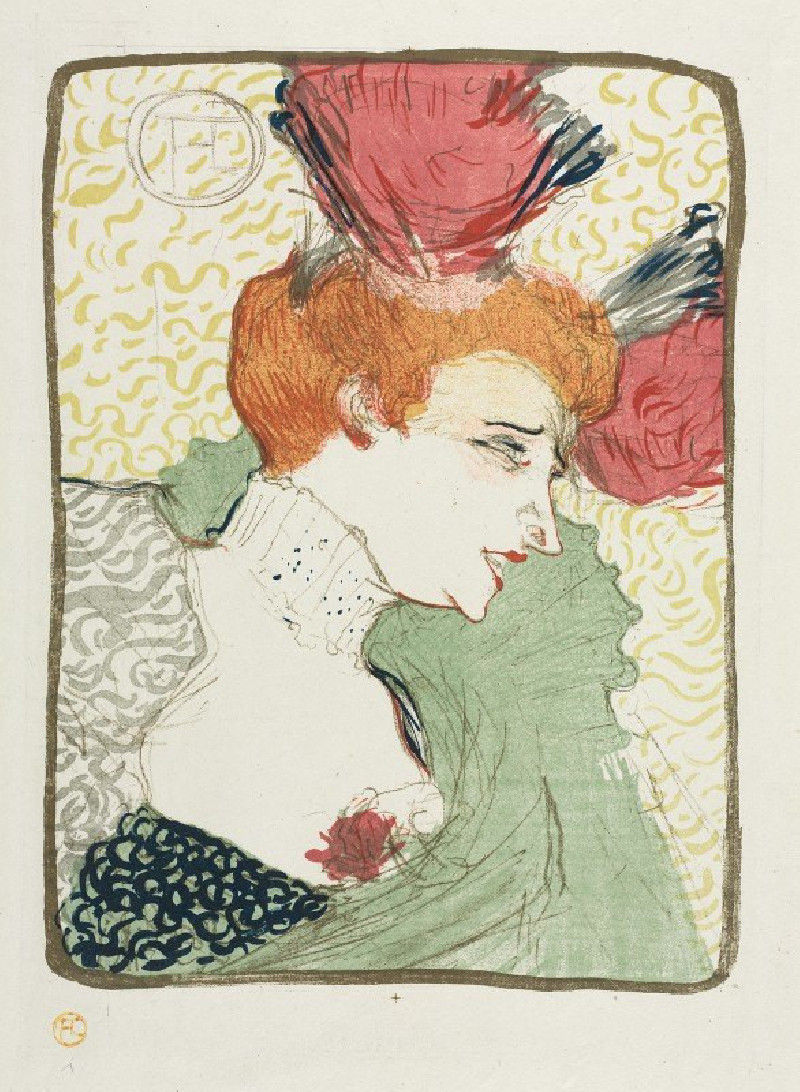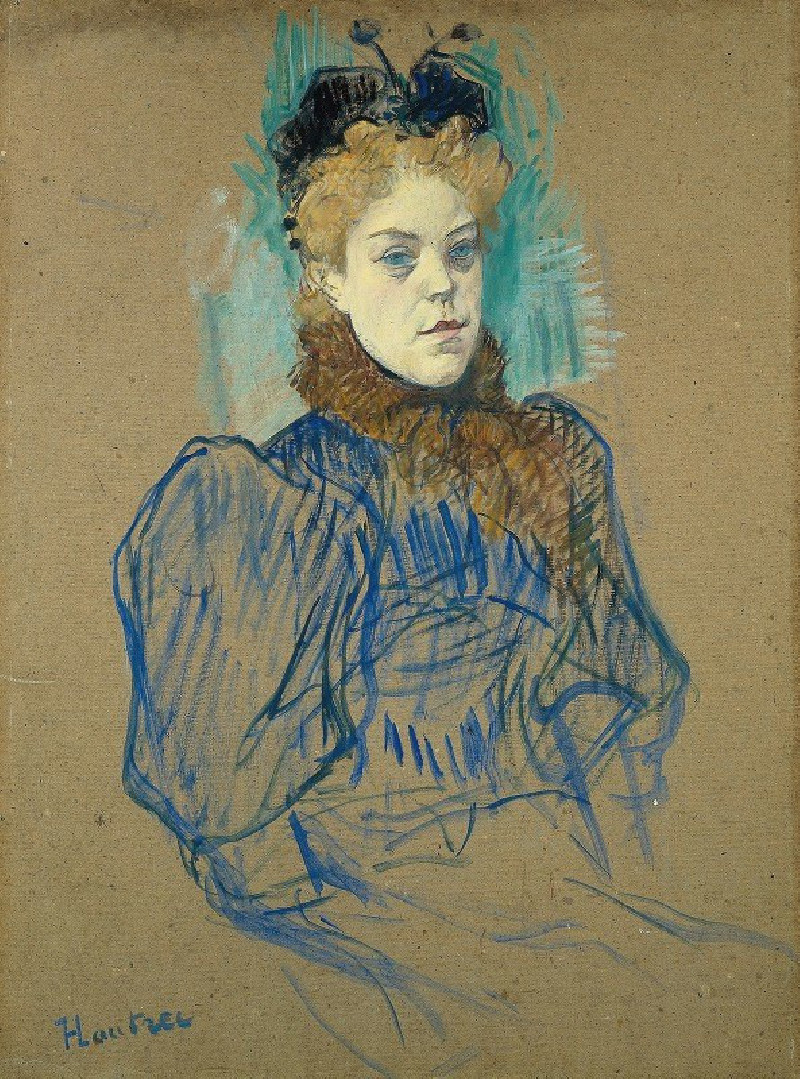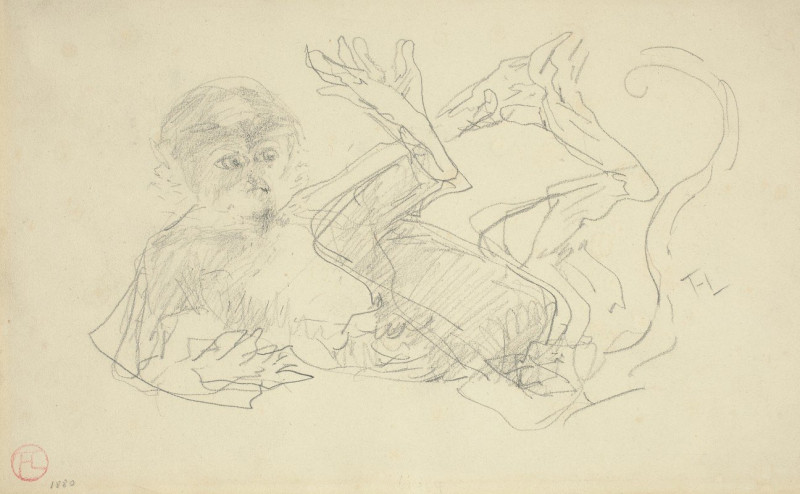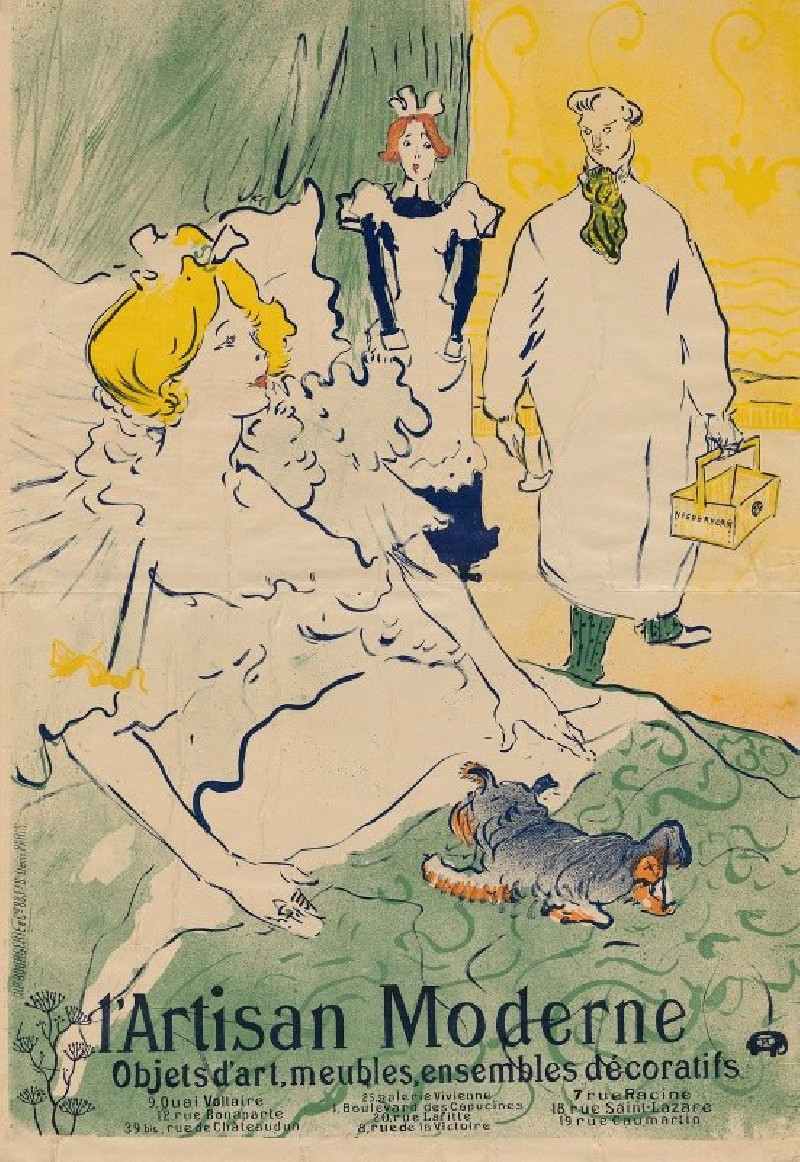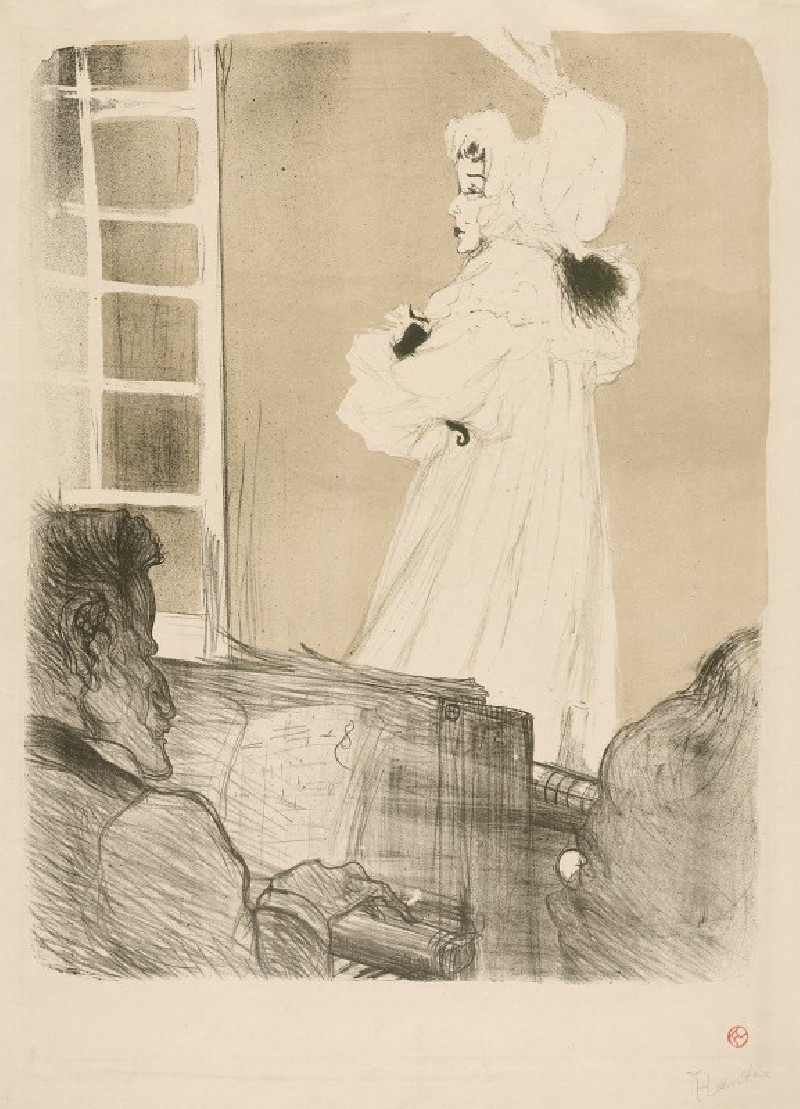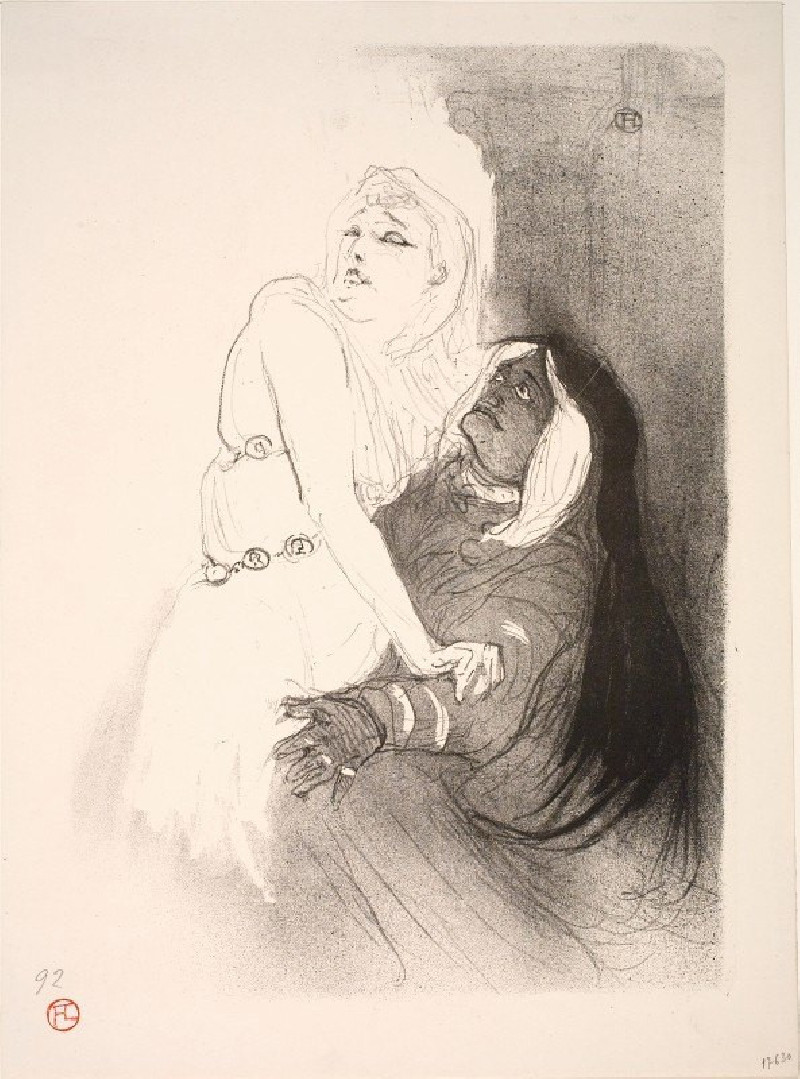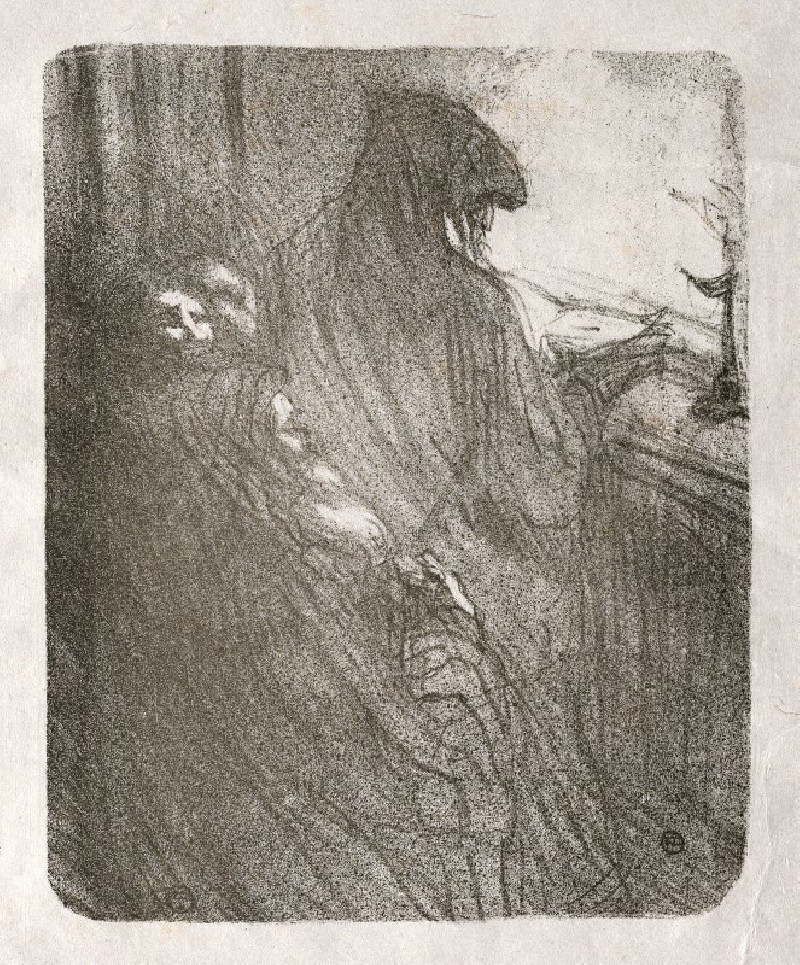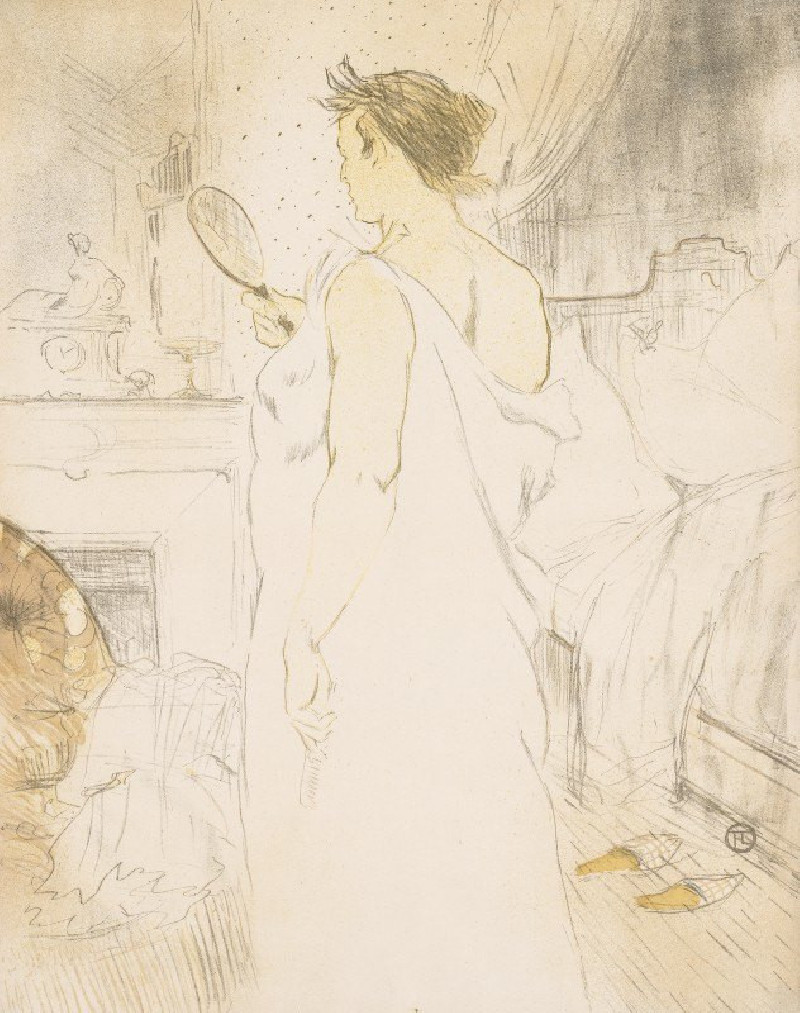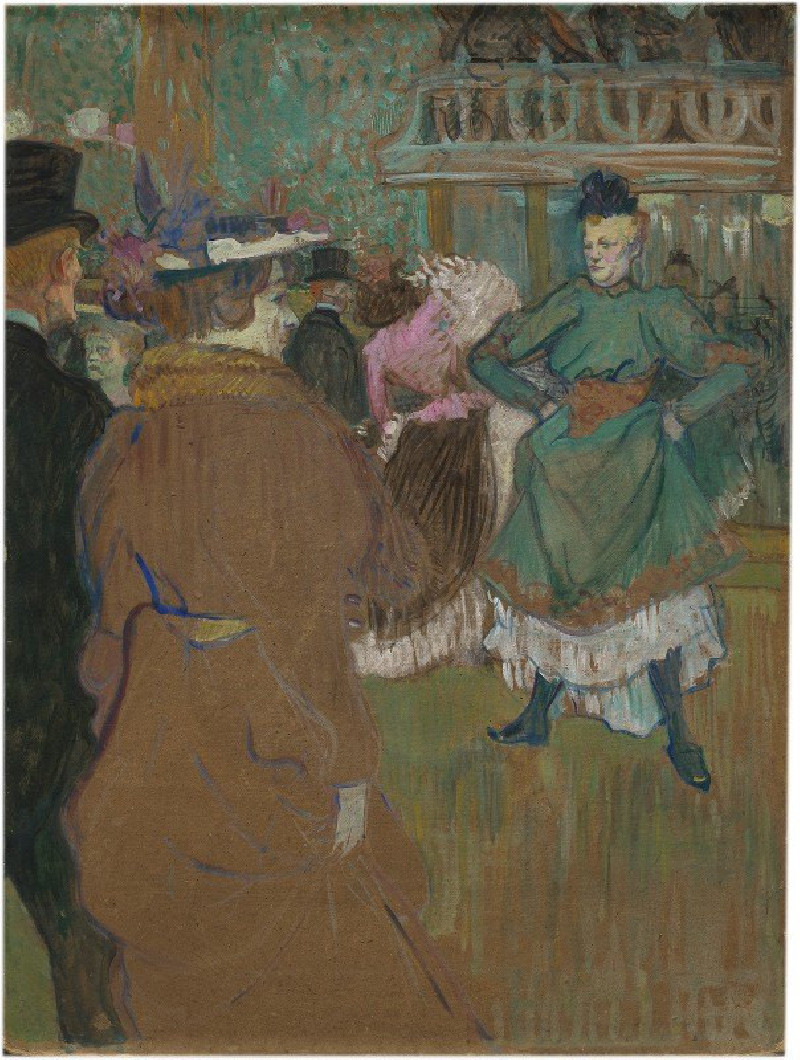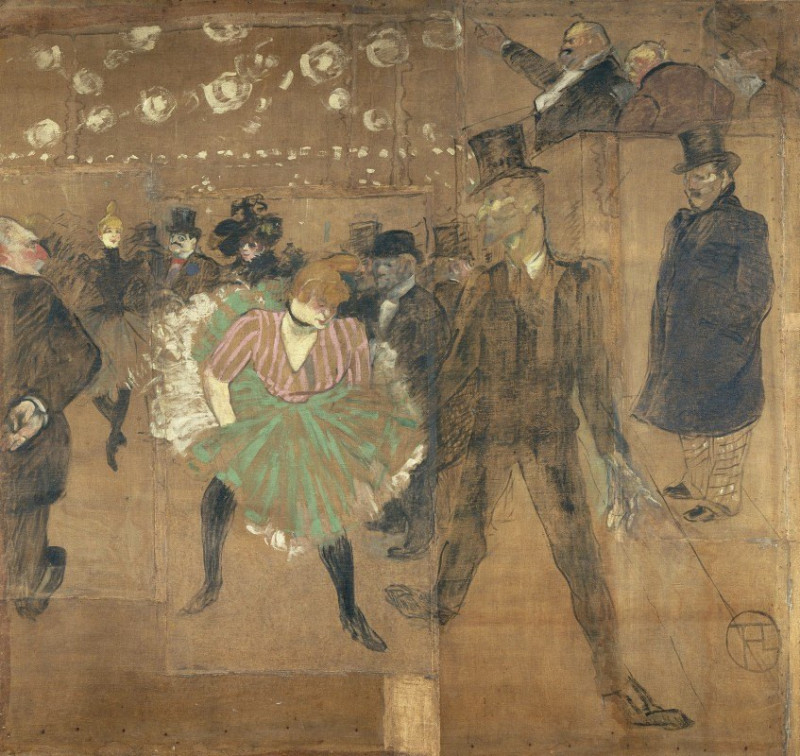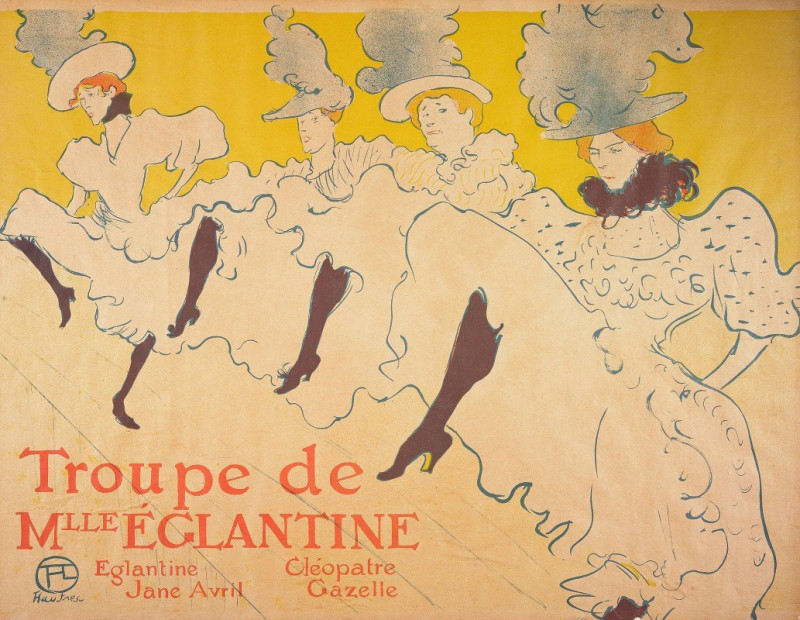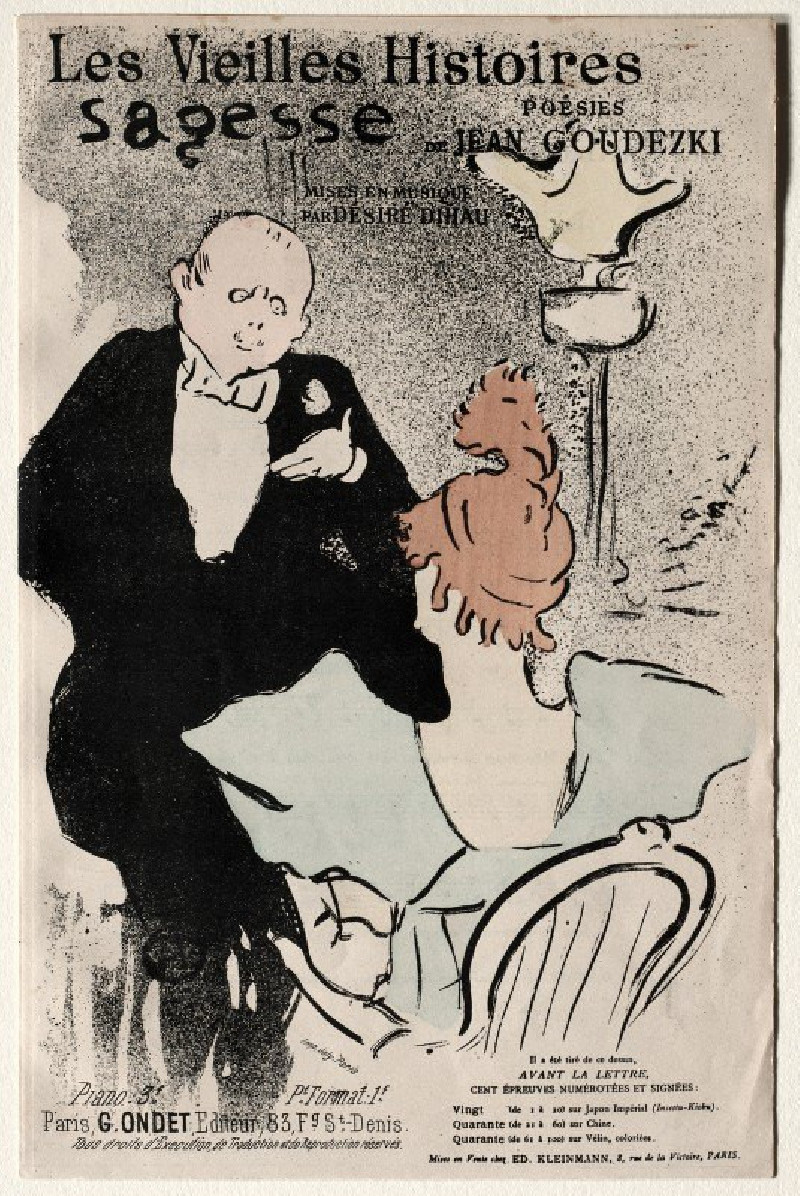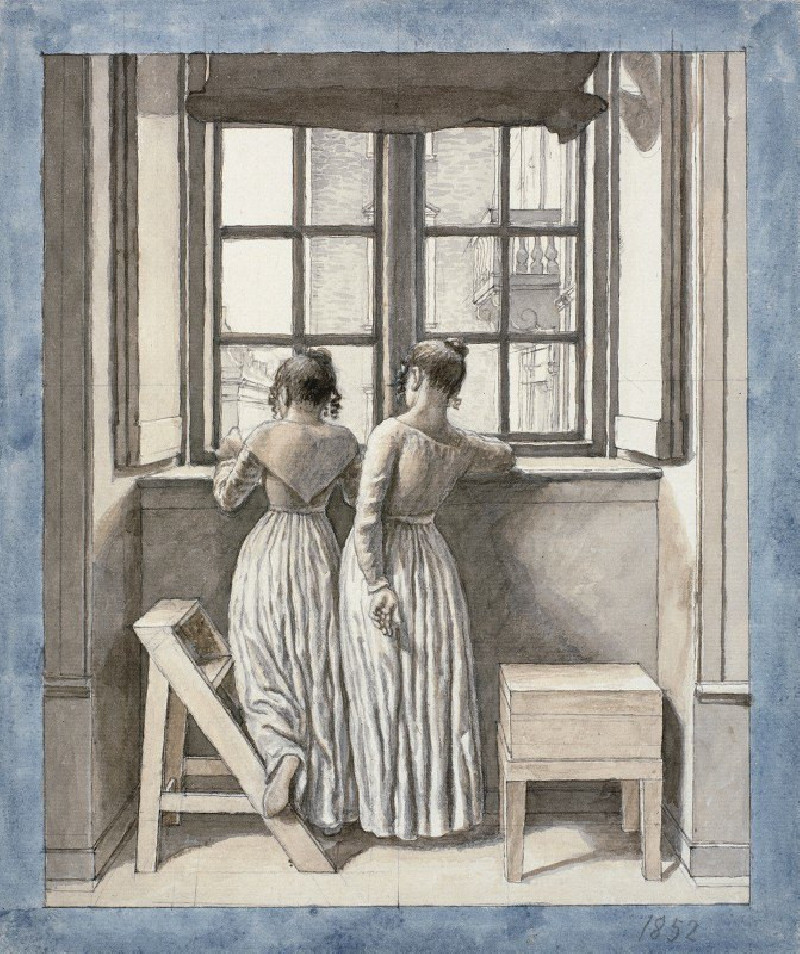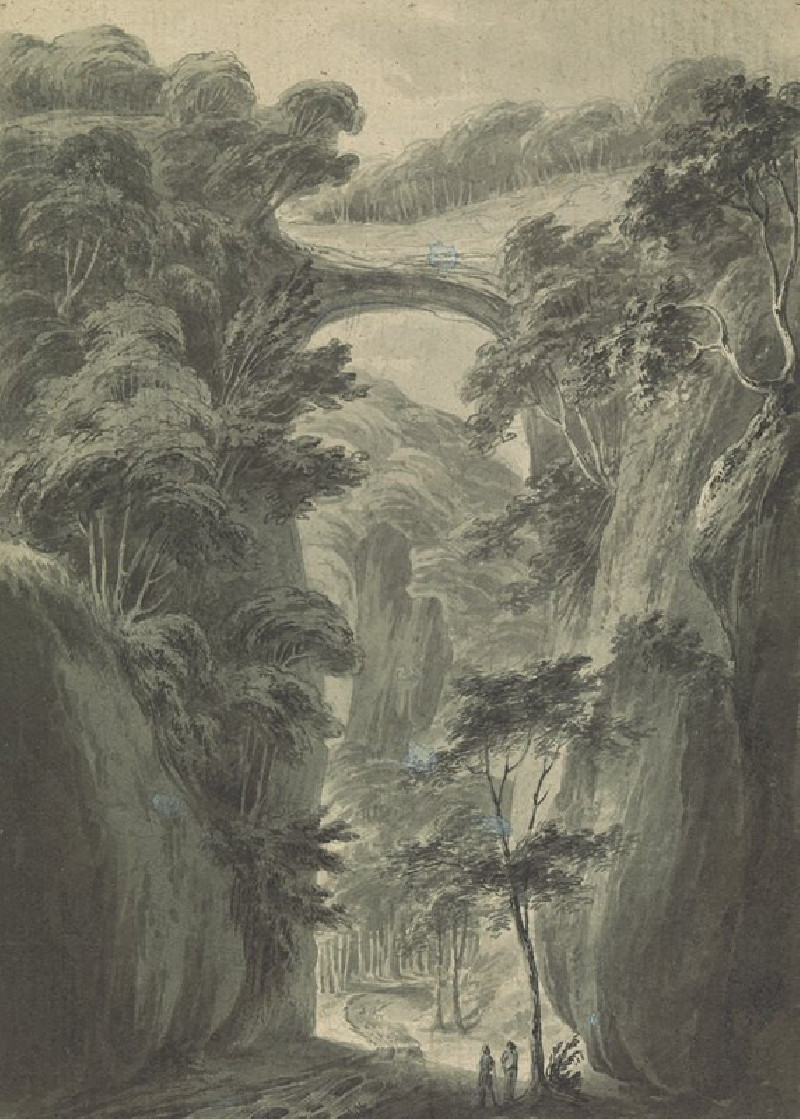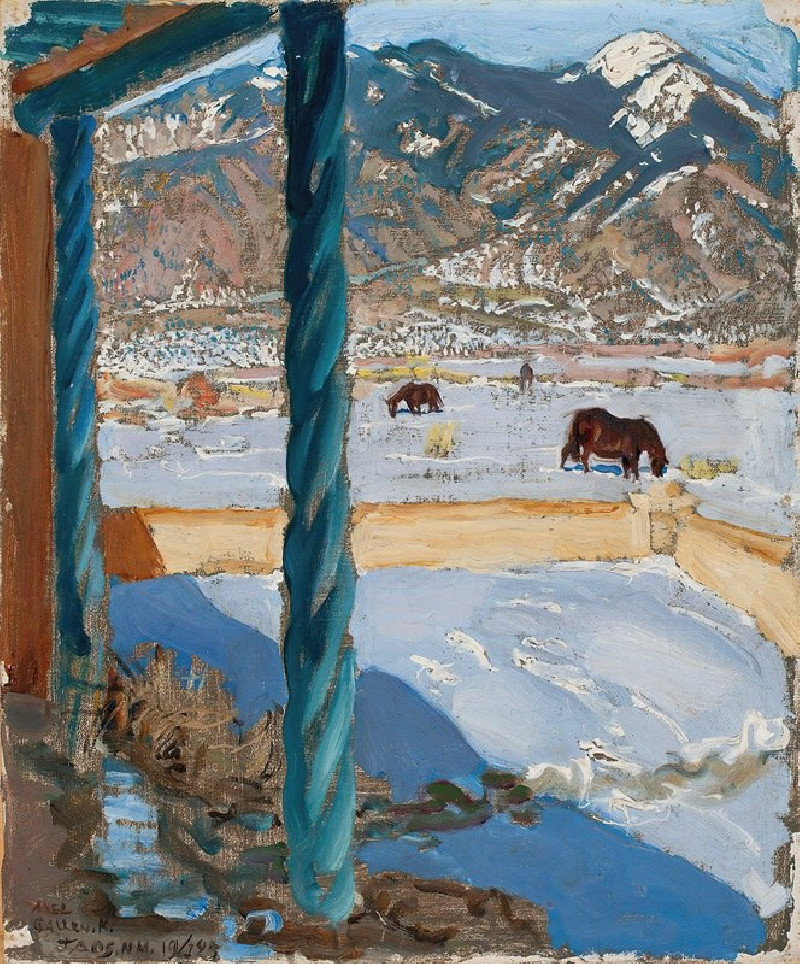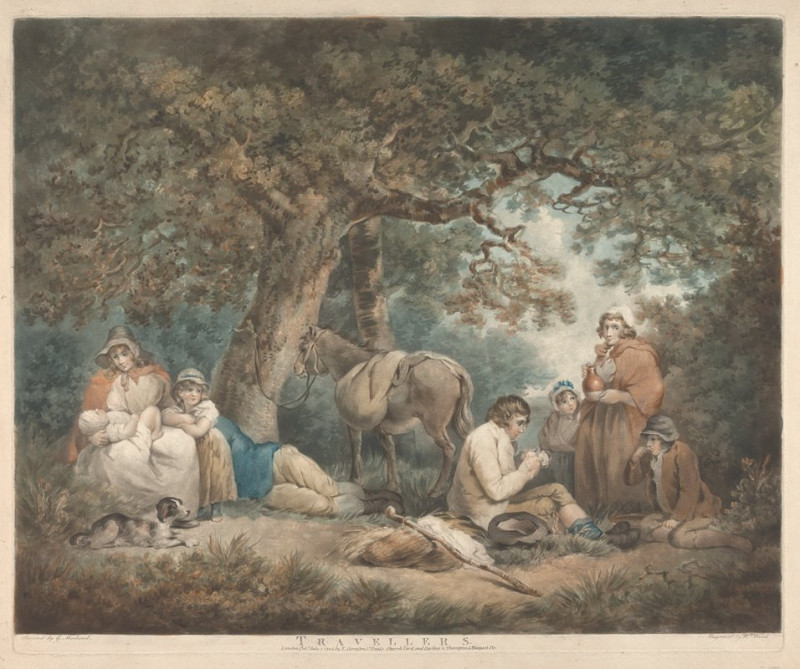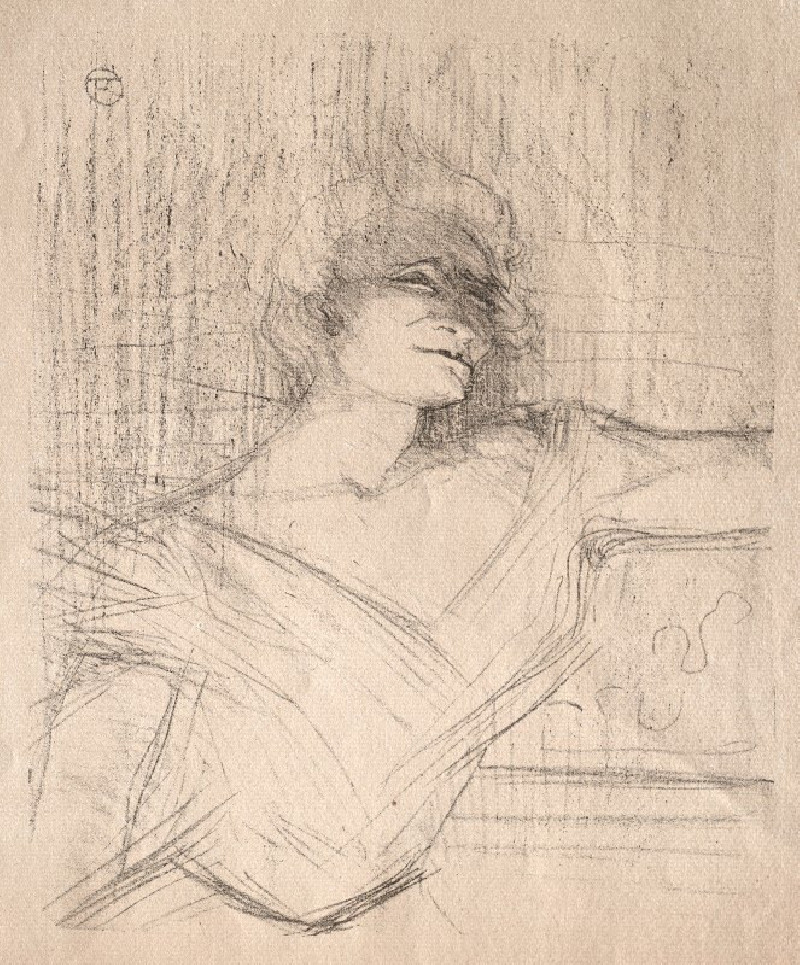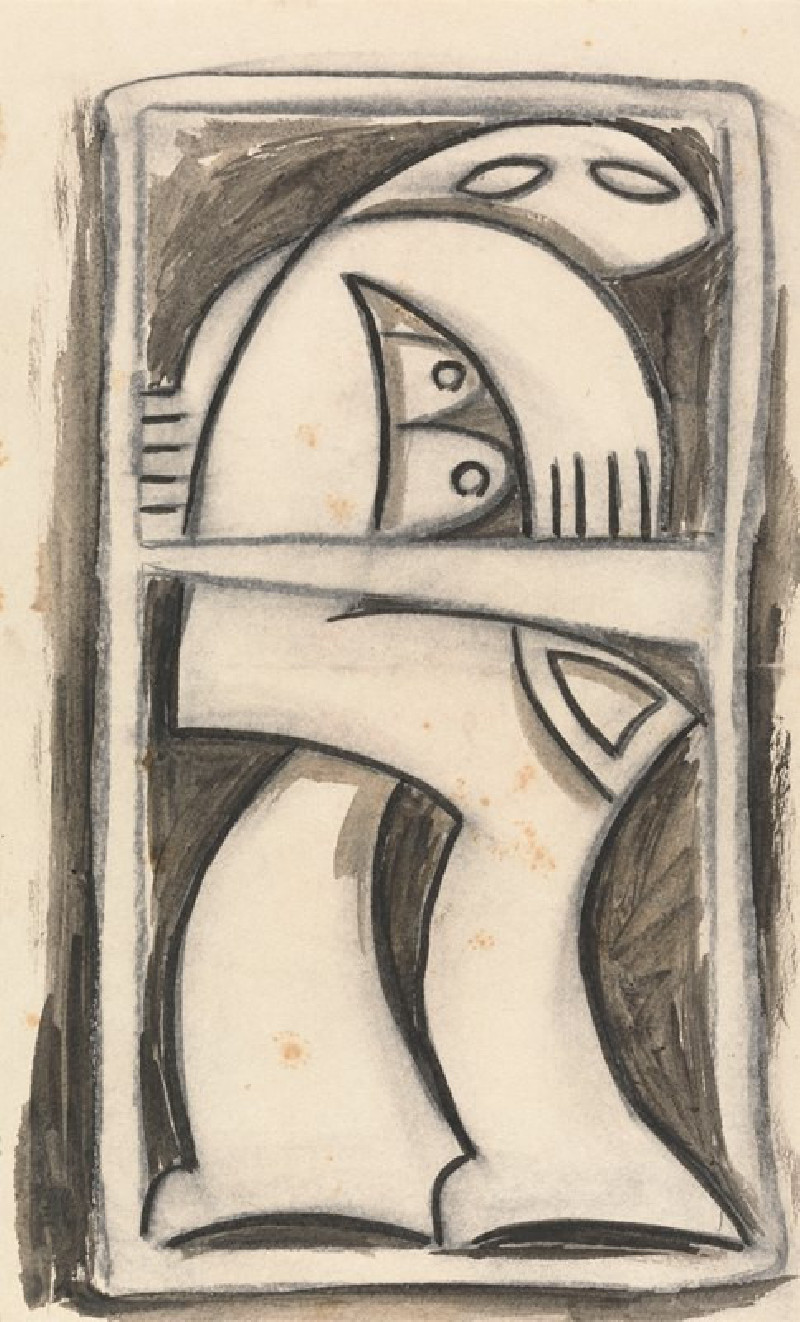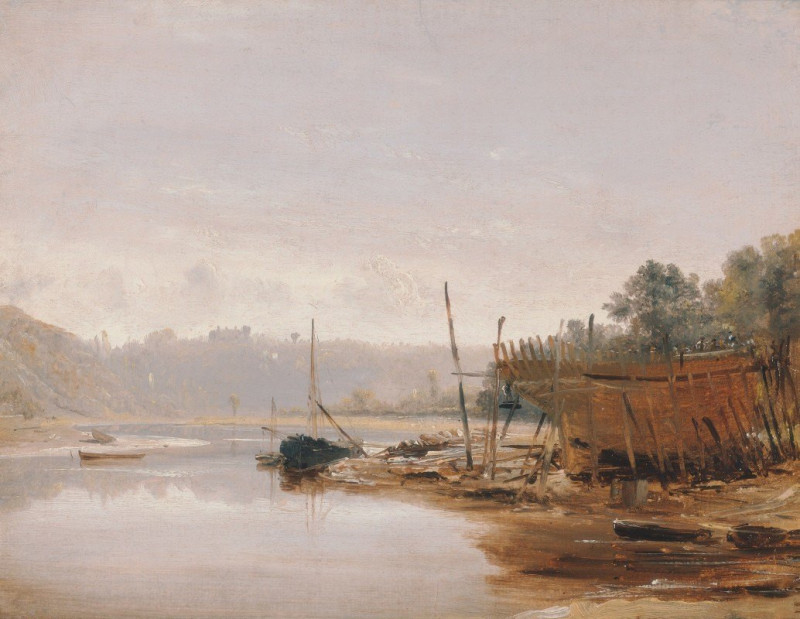The Marble Polisher (1882–87)
Technique: Giclée quality print
Recommended by our customers
More about this artwork
Henri de Toulouse-Lautrec's painting, "The Marble Polisher," masterfully captures a candid moment in the life of a laborer. Dated between 1882 and 1887, this artwork provides a stark departure from the typical subjects of the period, focusing instead on the visceral reality of manual work.The painting depicts a young man, naked, intricately engaged in the physically demanding task of polishing marble. His body is tensed and positioned low to the ground, emphasizing the exertion and focus required for such work. Toulouse-Lautrec's use of earthy tones and soft brush strokes enhances the sense of raw realism.The figure's muscularity is highlighted by the natural light that seems to flow across his skin, showcasing the sheer physicality of his task. His expression, concentrated yet serene, conveys a deep sense of dedication to his craft. This unembellished portrayal not only emphasizes the physical strain but also dignifies the labor itself—a theme less explored in the art of this era."The Marble Polisher" resonates with viewers because of its authentic representation of labor and the dignity of the working man. Toulouse-Lautrec, primarily noted for his colorful and lively scenes of Parisian nightlife, here shows his versatility and empathy, presenting a quiet yet powerful ode to human endurance and skill.
Delivery
Returns
Comte Henri Marie Raymond de Toulouse-Lautrec-Monfa (24 November 1864 – 9 September 1901), known as Toulouse Lautrec was a French painter, printmaker, draughtsman, caricaturist, and illustrator whose immersion in the colourful and theatrical life of Paris in the late 19th century allowed him to produce a collection of enticing, elegant, and provocative images of the sometimes decadent affairs of those times.

